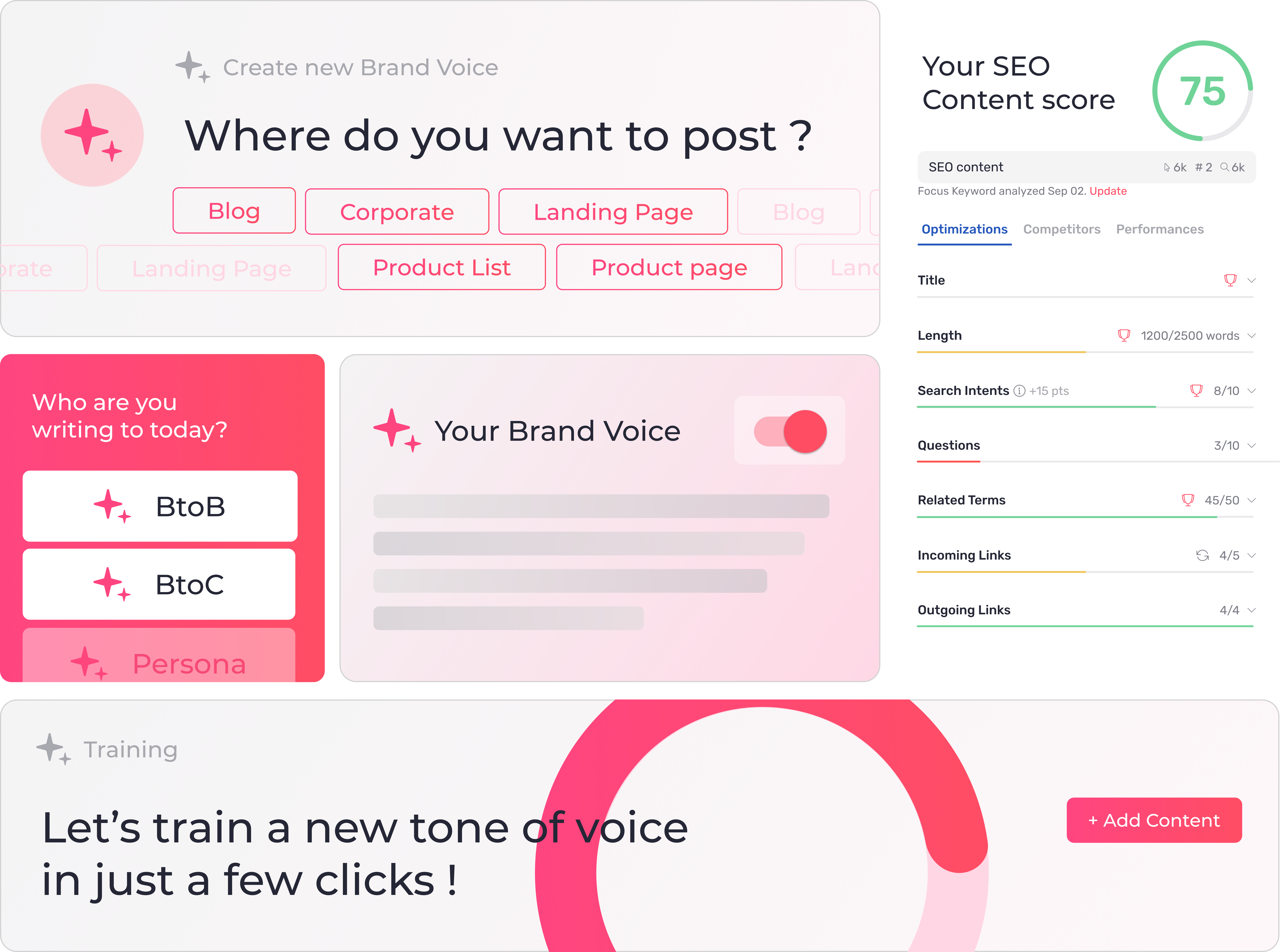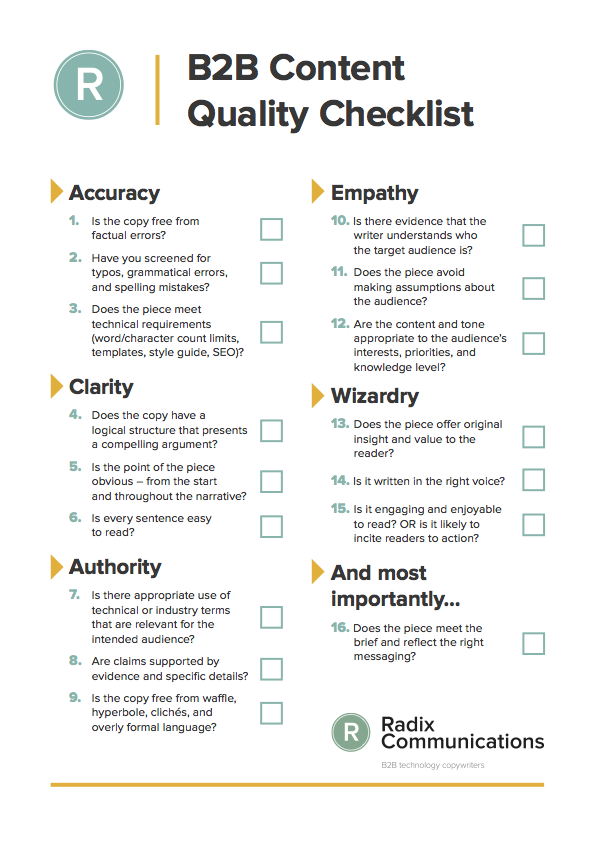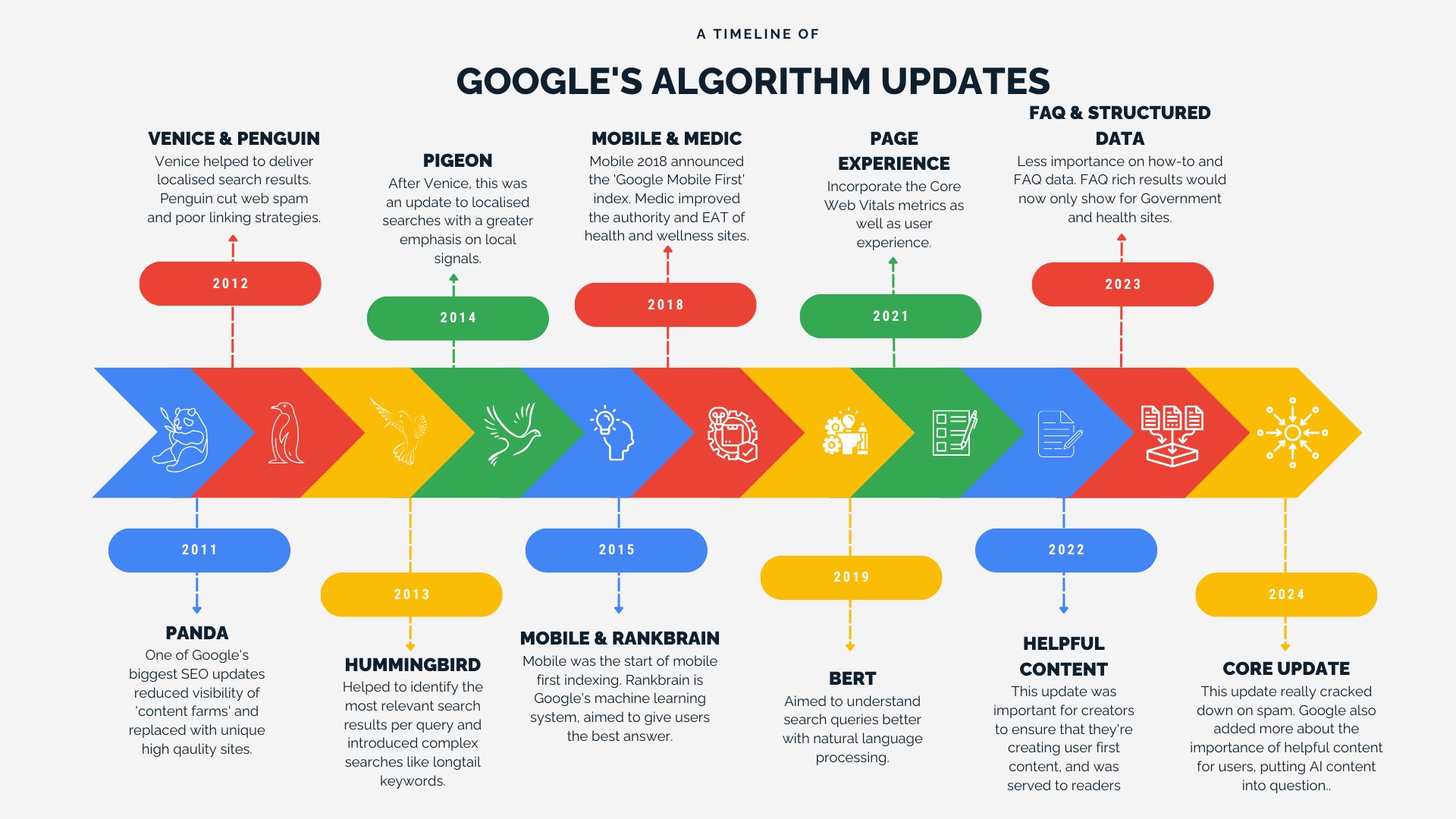As artificial intelligence reshapes content creation and distribution, staying informed about the implications of algorithm updates is critical. For you, as a content creator or brand manager, maintaining high-quality, engaging content while adapting to these changes is more important than ever. Google’s algorithm updates specifically target low-quality and non-original content, pushing you to refine your strategies to enhance visibility and engagement.
This guide explores essential strategies for ethical AI content creation and discusses the challenges posed by algorithm changes. We’ll provide actionable insights to help you maintain brand integrity, navigate ethical considerations, and ensure that your content aligns with the latest quality standards. By the end of this article, you will possess practical knowledge to effectively adapt your content strategies in an AI-driven landscape.
Understanding the Impact of AI Updates on Content Creation
The recent AI algorithm updates fundamentally alter how content is created and perceived. As a content creator, the implications of these changes can influence your digital strategies, visibility, and audience engagement. One significant outcome of algorithm updates is the shifting focus on quality assessment. Content lacking authenticity risks rapid demotion in search results, making continuous adaptation necessary.
Key Points to Consider
-
Implications for Quality: You must recognize that with these updates, unique and meaningful content takes precedence. AI-generated material that lacks depth or originality may slip down in search rankings.
-
Maintaining Brand Visibility: Regular monitoring and adjusting of content strategies will help ensure compliance with the evolving criteria set by AI algorithms.
-
Importance of Adaptation: Traditional content practices may no longer suffice. Consistent updates and enhancements will be essential to align with new quality benchmarks.
Effective Strategies for Adaptation
Websites penalized for low-quality content have successfully employed various strategies, such as conducting thorough content audits and rewriting problematic AI-generated material. According to industry experts, improving Engagement, Expertise, Authoritativeness, and Trustworthiness (E-E-A-T) signals is crucial for restoring brand prestige and visibility.
An infographic detailing recent algorithm updates from Google and their implications for content quality metrics. (Source: The PHA Group)
Maintaining Brand Voice While Using AI
While AI tools can enhance efficiency, they can also threaten the consistency of your brand voice. Maintaining a strong, unified brand identity is essential, even as you integrate automated content creation into your workflow.
Strategies for Consistency
-
Human Review Process: Implementing a human oversighting system ensures AI-generated content aligns with your established tone. Editors can refine and enhance the AI output, maintaining the quality and consistency of your voice.
-
Define Brand Guidelines: Create clear guidelines to direct AI’s usage in generating content, ensuring it resonates with your audience’s expectations.
-
Successful Integration Examples: Many brands have integrated AI without losing their distinct voice. By combining AI’s efficiency with human creativity, they have found ways to enhance their content and maintain audience engagement.

A visual representation showing the evolution of brand voice before and after using AI content generation. (Source: Semji)
Navigating Ethical Considerations in AI Content Creation
As AI technologies evolve, so too do the ethical implications surrounding their use in content creation. Understanding these implications is essential for you as a content creator or brand manager.
Legal and Ethical Guidelines
-
Compliance Awareness: Familiarity with the legal frameworks governing AI-generated content is crucial. Regulatory requirements constantly change, and staying informed will help you avoid penalties.
-
Creating Compliance Checklists: Develop checklists to ensure your AI-generated content adheres to ethical standards and industry regulations. This practice will help you mitigate risks related to copyright infringement.
-
Fostering Transparency: Being open about the use of AI tools fosters trust with your audience. According to legal experts, transparency in disclosing AI utilization in content creation is key to building accountability.
![]()
A flowchart presenting a compliance process for ethical AI content generation. (Source: Slide Geeks)
Maximizing Human-AI Collaboration for Quality Content
Striking a balance between the efficiency of AI and the oversight of human expertise is essential for ensuring the accuracy and reliability of your content.
Collaborative Strategies
-
Implement a Two-Stage Review Process: Use AI for initial drafts and allow human editors to refine, fact-check, and enhance the output. This combined approach has been shown to improve overall content quality and efficiency.
-
Conduct Regular Audits: Periodic audits of AI-generated content can help identify inaccuracies and ensure compliance with established brand guidelines.
-
Best Practices from Leading Organizations: Companies like BuzzFeed and The Washington Post have effectively leveraged AI-human workflows to maximize productivity while maintaining content standards.

A diagram illustrating the framework for collaboration between humans and AI in content generation processes. (Source: ResearchGate)
Conducting a Brand Audit of AI-Generated Content
Regularly auditing your AI-generated content is vital for ensuring alignment with your brand values and messaging.
Steps to Perform an Effective Audit
-
Comprehensive Evaluations: Conduct thorough evaluations of AI-generated content against your established brand criteria to ensure consistency and quality.
-
Utilize User Experience Metrics: Monitor engagement metrics, such as user time on page and bounce rates, to assess the effectiveness of your content.
-
Implement Actionable Revisions: Following the audit, address findings with specific revisions to improve content quality and ensure brand alignment.

A checklist graphic for evaluating content quality during audits. (Source: Radix Communications)
Understanding the Risks of AI-Generated Content
While AI-generated content offers efficiency, it carries inherent risks that need to be managed effectively.
Exploring Legal Risks
-
Copyright Concerns: The originality of AI-generated content can be a concern, with the potential for copyright infringement if AI unintentionally replicates existing material.
-
Accountability Issues: Determining liability for errors associated with AI-generated content can be complex. Establishing accountability measures is crucial for minimizing risks.
-
Unique Challenges in Different Industries: Each sector, including health and finance, faces unique challenges tied to AI usage in content generation. Awareness of these challenges can help prevent legal issues.

An infographic summarizing the potential risks associated with the use of AI in content generation across various sectors. (Source: DiploMedia)
Preparing for the Future of Content Creation
As AI continues to evolve, the skills required for successful content creation will change. Understanding these emerging needs will equip you for future challenges.
Essential Skills for Future Content Creators
-
AI Literacy: It's critical to become proficient with AI tools and understand their applications. Familiarizing yourself with these technologies will enhance your workflow.
-
Embracing Adaptability: The ability to pivot and learn continuously is essential in the rapidly changing digital landscape.
-
Emerging Roles in Content Creation: New positions focusing on AI strategy, such as prompt engineers, are appearing as AI's role in content creation expands.

A bar graph illustrating the growth of job roles related to AI compared to traditional content creation roles. (Source: Hiring Lab)
Conclusion
Navigating ethical AI content creation entails understanding the evolving digital landscape shaped by algorithm updates and technological advancements. As a content creator or brand manager, it’s crucial to embrace strategies that maintain your brand's voice while effectively utilizing AI tools. This guide offers practical insights for ensuring compliance with ethical standards, conducting content audits, and preparing for the future of content creation.
By integrating these strategies and insights into your practices, you will be well-equipped to successfully navigate the complexities of AI content creation, securing your brand's place in an ever-evolving digital world.

Komentar (0)
Masuk untuk berpartisipasi dalam diskusi atau .